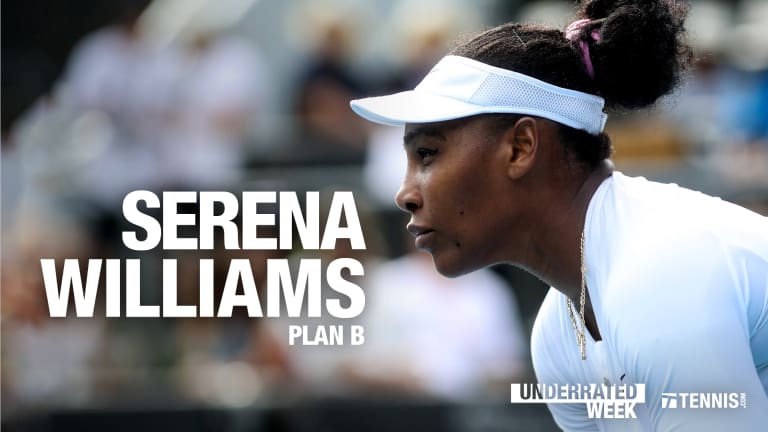Rewatch: Serena Williams' 2013 US Open showed her underrated Plan B
By May 06, 2020Pop Culture
Serena Williams named to Time's 100 most influential people ... and Coco Gauff approves!
By Apr 17, 2025Pop Culture
Serena Williams teams with Caitlin Clark to talk value of women's sports with NFL owners
By Apr 07, 2025Ranking Reaction
Aryna Sabalenka surpasses 10,000 ranking points for the first time, joins exclusive list
By Apr 02, 2025Miami, USA
Novak Djokovic lights up Miami Open as Serena Williams, Juan Martin del Potro watch on
By Mar 26, 2025Stat of the Day
Mirra Andreeva becomes second-youngest woman to defeat No. 1 and No. 2 at the same tournament
By Mar 16, 2025Lifestyle
The Tennis Traveler: How and where the pros prepared for Tennis Paradise at the BNP Paribas Open
By Mar 06, 2025Social
Spotted: Meghan Markle’s daughter plays Candy Land with ‘auntie’ Serena Williams
By Mar 04, 2025The Business of Tennis
Serena Williams joins ownership group of Toronto Tempo WNBA team
By Mar 03, 2025Pop Culture
David Beckham gifts Serena Williams Inter Miami CF jersey at 2025 season opener
By Feb 26, 2025Rewatch: Serena Williams' 2013 US Open showed her underrated Plan B
The 23-time major champion is rightly known for her power and will to win, but she’s not well known enough for her ability to adjust and turn defeats into victories.
Published May 06, 2020
Advertising

Rewatch: Serena Williams' 2013 US Open showed her underrated Plan B
Advertising
Advertising
Advertising

Rewatch: Serena Williams' 2013 US Open showed her underrated Plan B